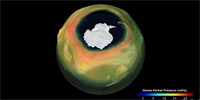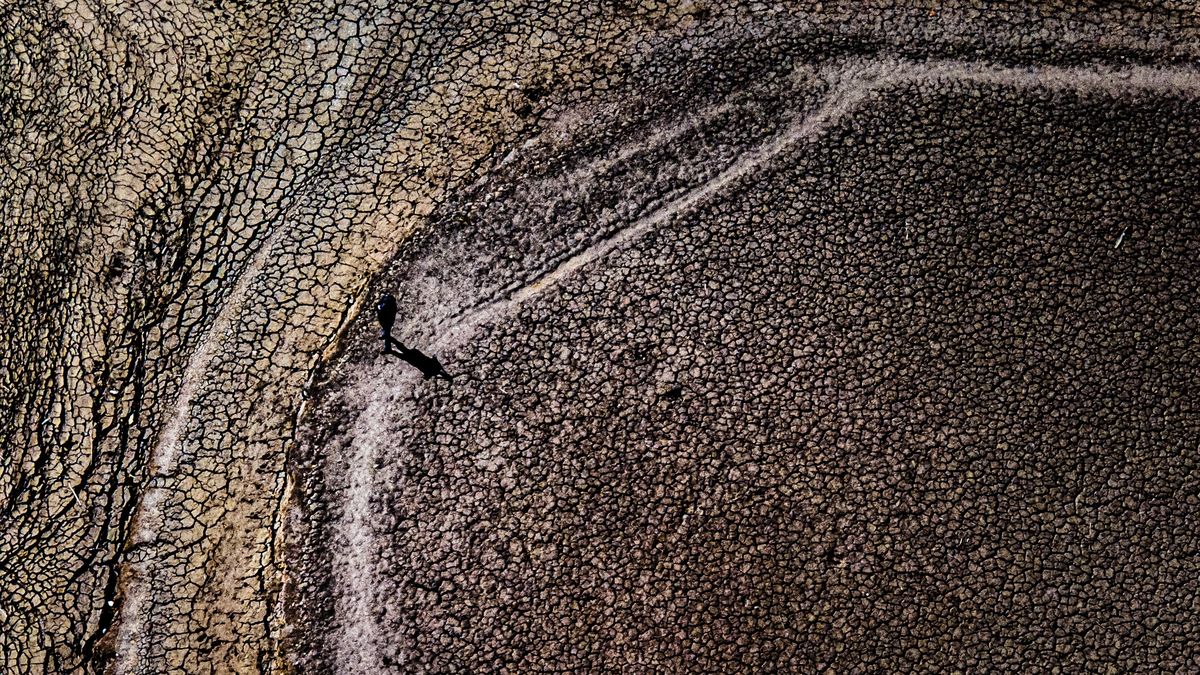Professor Qing-Bin Lu from the University of Waterloo in Canada discovered that there is a huge ozone hole in the tropical regions of our planet. According to the findings so far, it could affect 50% of the world’s population, he said in a press release on the EurekAlert website. It should be noted that the use of different data analysis methods led to this discovery.
The tropical ozone hole is seven times larger than the Antarctic ozone hole, and according to scientists, it has been occurring in the tropics since the 1980s. The hole is defined as an area of ozone depletion that is greater than 25% compared to the undisturbed atmosphere in the lower stratosphere, and its depth is comparable to the famous Antarctic spring hole.
Should we worry about another ozone hole?
“The tropics make up half of the planet’s surface and are home to about half of the world’s population,” Lou warned. “Existence of the Tropical Ozone Hole May Cause Major Global Concern.” According to him, the tropical and polar ozone holes play an important role in stratospheric cooling and temperature regulation, reflecting the emergence of three “temperature holes” in the global stratosphere. These findings may prove to be key to a better understanding of global climate change.

Ozone layer depletion can cause an increase in the amount of UV radiation fall on the earth’s surface. It increases the risk of skin cancer and cataracts, can weaken the human immune system, reduce agricultural production, and negatively impact sensitive aquatic organisms and ecosystems.
Ozone is a highly reactive gas molecule consisting of three oxygen atoms. According to the US Environmental Protection Agency (EPA), it is formed in the stratosphere or in the upper layers of the Earth’s atmosphere when sunlight reacts with oxygen. Because ozone is highly reactive, it is constantly being created and destroyed in the stratosphere, but its total amount remains relatively stable over the long term across different seasons and latitudes.
Lu’s discovery of the ozone hole is for his colleagues in the scientific community big surprise, because it is not predicted by general photochemical models. However, the data he found fully agree with the cosmic-ray-induced electron reaction model and clearly show that Antarctica and the tropical ozone hole have identical physical mechanisms.
Chemistry was to blame, restrictions didn’t help much
Like the polar ozone hole, the center of the tropical ozone hole has been shown to lose about 80% of its ozone. Early reports indicated that levels of ozone depletion in the equatorial region were threatening to many people, and that the amount of UV radiation reaching these regions was far greater than anticipated.
In the mid-1970s, atmospheric studies showed that the ozone layer, which absorbs most of the sun’s ultraviolet radiation, damaged by industrial chemicals, especially chlorofluorocarbons (CFCs), hydrochlorofluorocarbons (HCFCs), carbon tetrachloride, and methyl chloroform. The discovery of the ozone hole over Antarctica in 1985 confirmed that the cause of the damage was CFCs.
The process of creating and destroying ozone in the atmosphere is still ongoing, but the presence of certain chemicals can accelerate this destruction. One chlorine atom in the stratosphere can destroy up to 100,000 molecules, greatly reducing ozone levels. Although bans on these chemicals have helped slow the process, evidence suggests that ozone depletion is continuing.

“The current findings warrant further study of ozone depletion, changes in UV radiation, increased cancer risk and other negative impacts on health and ecosystems in the tropics,” said Lu in his piece.

“Certified bacon geek. Evil social media fanatic. Music practitioner. Communicator.”






